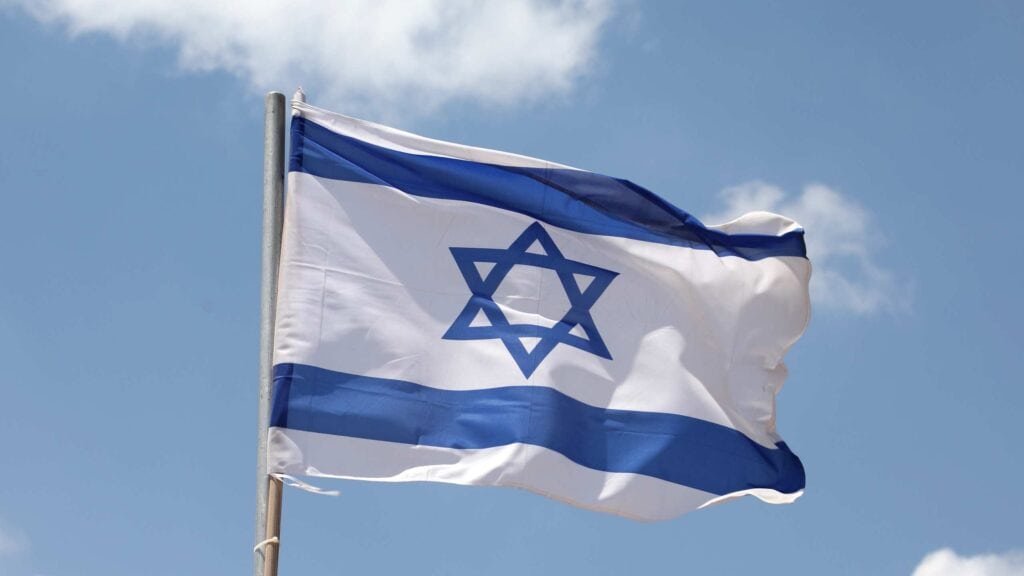Tu B’shevat: Celebrating the New Year of the Trees
By Rabbi Dena Shaffer
Executive Director of 4Front – a new teen intiative housed at the JCC
 After Chanukah it’s easy to feel a little sad, thinking that we have to wait until Purim for another opportunity to celebrate. But then we remember…Tu B’shevat is almost here!
After Chanukah it’s easy to feel a little sad, thinking that we have to wait until Purim for another opportunity to celebrate. But then we remember…Tu B’shevat is almost here!
Tu B’shevat, which literally means the 15th of the month of Shevat follows just a few short weeks after Chanukah (this year on February 10-11). It’s a fascinating Jewish experience that reminds us that even the most mundane activities can be elevated to heights of joy and holiness.
Tu B’shevat originated as an agricultural practice, a sort of biblical tax day. Back in the day, our ancestors who were fruit farmers were taxed in the form of tithes. In order to tithe your orchard, you needed to know if your fruit belonged to last year’s harvest or this year’s. And, since most fruit ripens in the summer, a winter day, Tu B’shevat, became the agreed-upon day when the fruit tax would be collected and the new tax year would begin. This is why Tu B’shevat is often referred to as the “new year of the trees!”
Like most Jewish festivals with agricultural/cultic origins, Tu B’shevat had to be reimagined after the destruction of the Temple, further evidence of the vitality and plasticity of Jewish tradition. Each generation added its own meaning and relevance to this Jewish Arbor Day.
The Kabbalists (Jewish mystics of the 16th century, mainly in the ancient Israeli city of Sefat) invented a Tu B’shevat seder. Using Passover as their guide, the mystics would bless and taste the seven species of the land of Israel (wheat, barley, pomegranates, vines, figs, honey, and olive oil – based on Deuteronomy 8:8) in between four cups of wine.
Later, in the early days of Zionism, young pioneers and immigrants celebrated Tu B’shevat in the context of the return to our homeland and the need to make the dessert bloom. The tradition of planting trees in Israel on this holiday stems (pun intended!) from this time (learn how you can do this by visiting www.jnftrees.com).
In contemporary North America the theme of living with the earth and the obligation to protect the natural world dominates this holiday. We live in an unprecedented age of climate change and we face a wide array of environmental problems. Tu B’shevat has emerged as a chance to both celebrate God’s creation and do teshuvah as we think about our collective behaviors that threaten to destroy the natural world that sustains us.
I’m sure I’m not alone when I express that, while I find entry points to God in many places, one of the most powerful paths to the Divine is spending time in nature. Indeed many of us experience deep spirituality, a connection with the forces greater than ourselves, and the seemingly endless holiness, when we find ourselves in God’s sanctuary. Tu B’shevat hence becomes a sacred and important opportunity to consider how we celebrate and protect God’s great gift, our life-giving planet.







